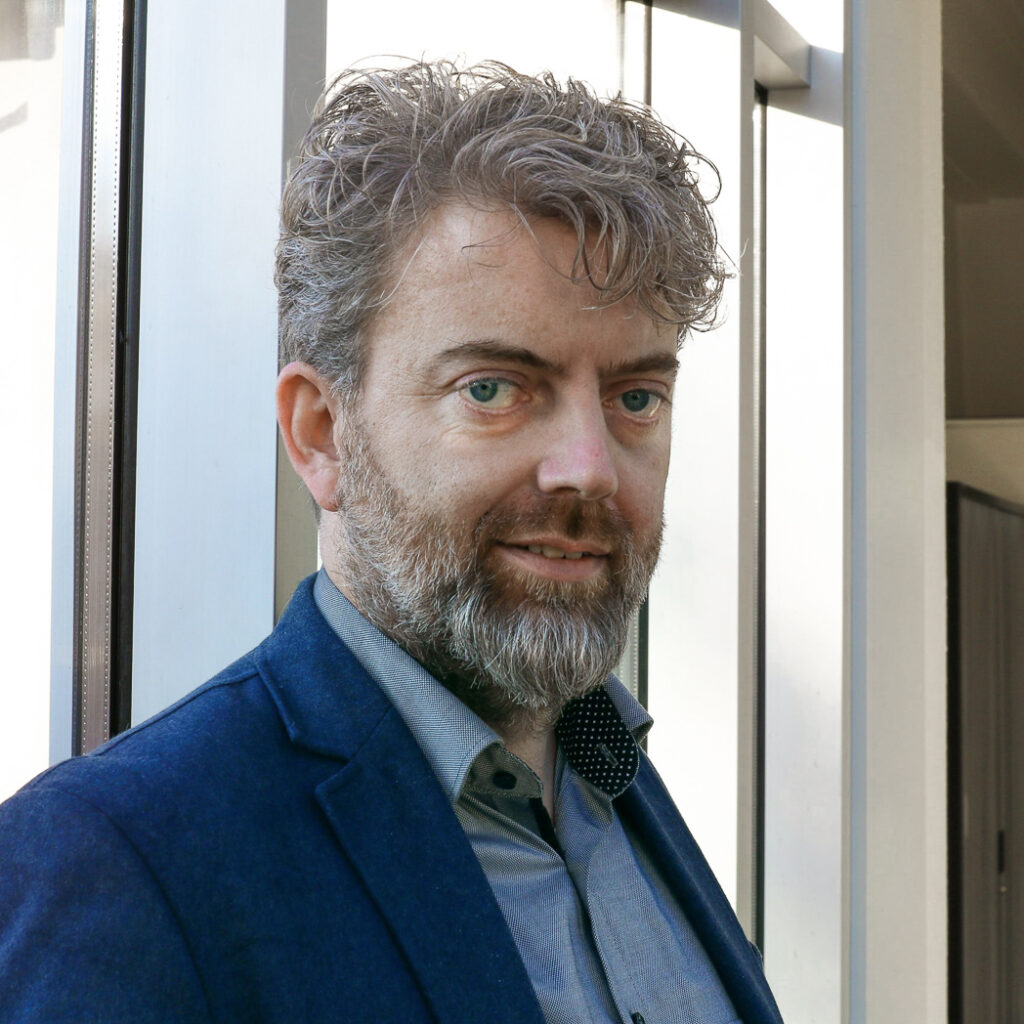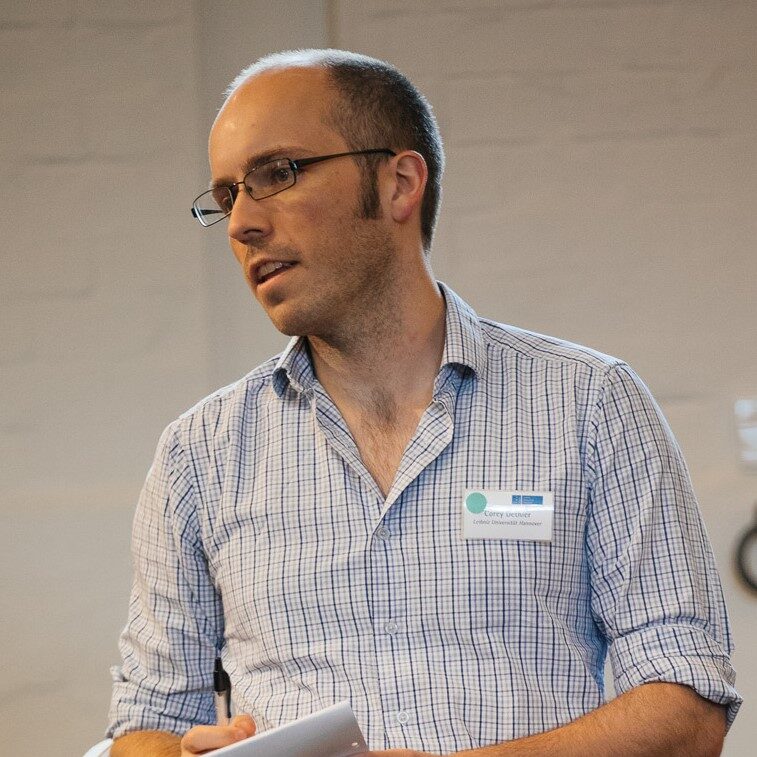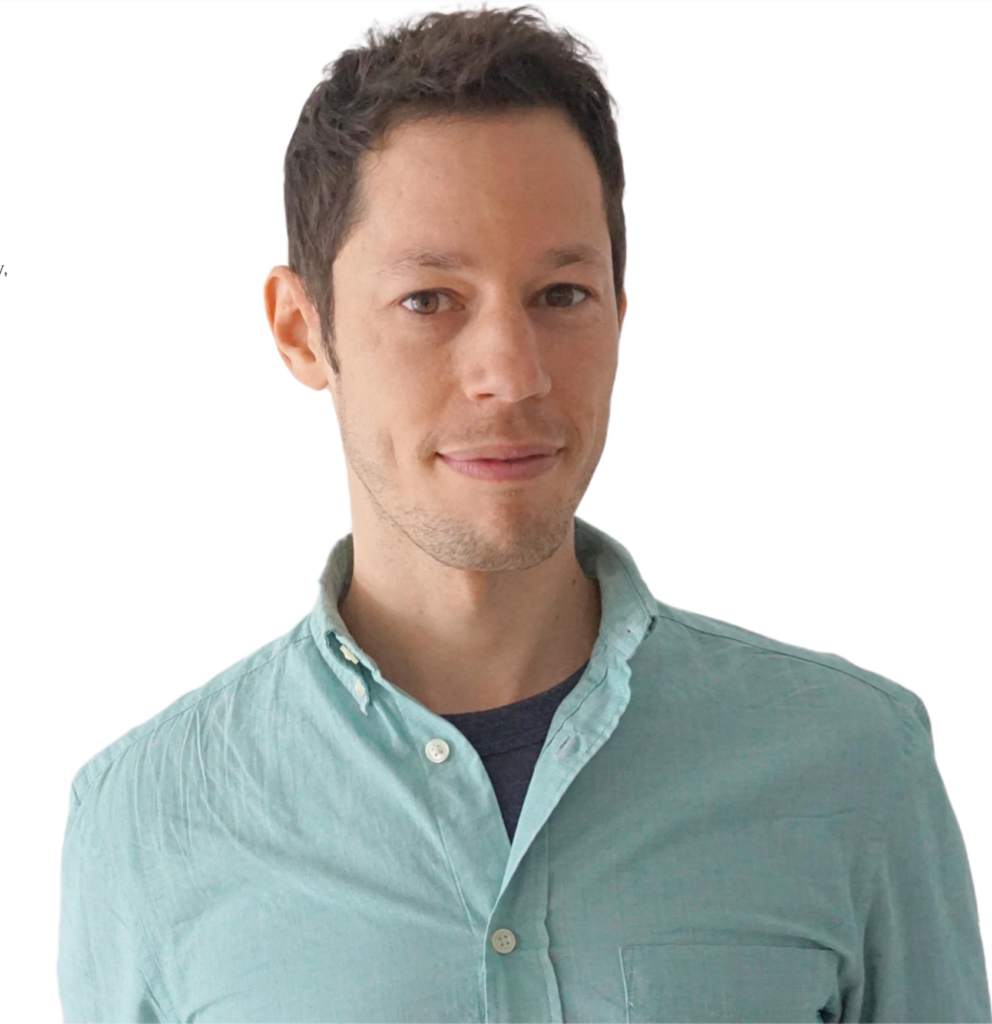In this post, Igor Douven, Frank Hindriks, and Sylvia Wenmackers discuss their article recently published in Ergo. The full-length version of their article can be found here.

Imagine a mayor who has to decide whether to build a bridge over a nearby river, connecting two parts of the city. He is informed that the construction project will also negatively affect the local wildlife. The mayor responds: “I don’t care about what will happen to some animals. I want to improve the flow of traffic.” So, he has the bridge built, and the populations of wild animals decline as a result of it.
This fictional mayor sounds like a proper movie villain: he knows that his actions will harm wild animals and he doesn’t even care! We expect that people reading this vignette will blame him for his actions. But how does their moral verdict change if the mayor’s project happened to realize positive side-effects for the wildlife, although he was similarly indifferent to that? Would people praise him as much as they blamed him in the first case?
According to most philosophers, someone can only be praiseworthy if they had the intention to bring about a beneficial result. Yet, many philosophers also think that someone can be blamed for the negative side-effects of their actions, even if they did not intentionally cause them. This presumed difference between the assignment of praise and blame is the Mens Rea Asymmetry. (Mens rea is Latin for ‘guilty mind’.) However, data about how people actually assign praise or blame to others does not support this hypothesis.
One source of evidence that runs counter to the hypothesis of the Mens Rea Asymmetry is Joshua Knobe’s influential paper from 2003, which can be seen as the birth of experimental philosophy. His results show, among other things, that respondents do assign praise to agents who bring about a beneficial but unintended side-effect. We used the structure of the vignette from Knobe’s study to produce similar scenarios, including the mayor deciding about a bridge in the above example.
In order to explain the observed violations of the praise/blame asymmetry, we formulated a new hypothesis. Our moral compositionality hypothesis assumes that people evaluate others by taking into account their intentions as well as the outcome of their actions to come to an overall assignment of praise (when the judgment is net positive) or blame (when net negative). In principle, the overall judgment could be a complicated function of the two separate aspects, but we focused on a very simple version of the compositionality hypothesis: people’s overall judgment of someone’s actions is equal to the sum of their judgment of the agent’s intention and of the outcome of the action. We call this the Moral Bookkeeping hypothesis.
To put our hypothesis to the test, we asked nearly 300 participants to score how blameworthy or praiseworthy the mayor was for his decision and likewise for other agents in two similar scenarios. As already mentioned, we varied whether the potential side-effect of the decision was harmful or helpful. To study the respondents’ judgements of an agent’s intentions and outcomes separately, we included cases where the agent wasn’t informed about potential side-effects and where the potential side-effects didn’t occur after all. We also considered decision makers who were aware of potential side-effects, without knowing whether they would be positive, neutral or negative.
As expected, we found further evidence against the Mens Rea Asymmetry. Our results also corroborated the Moral Bookkeeping hypothesis, including its counterintuitive prediction that respondents still assign praise or blame to decision makers who weren’t aware of potential side-effects. Moreover, participants assigned more praise than blame to decision makers who unintentionally brought about the respective positive or negative side-effect. This finding remains puzzling to us as well.
Finally, based on our data, more complicated versions of the general compositionality thesis cannot be ruled out either. We hope that this work will inspire further experiments to unravel how exactly we come to our moral verdicts about others.
Want more?
Read the full article at https://journals.publishing.umich.edu/ergo/article/id/4645/.
References
- Knobe, J. (2003). “Intentional Action and Side-effects in Ordinary Language”. Analysis, 64(3): 81–87.
About the authors

Igor Douven is a CNRS Research Professor at the IHPST/Panthéon-Sorbonne University in Paris.

Frank Hindriks is Professor of Ethics, Social and Political Philosophy at the Faculty of Philosophy of the University of Groningen, the Netherlands.

Sylvia Wenmackers is a Research Professor in Philosophy of Science at KU Leuven, Belgium.








